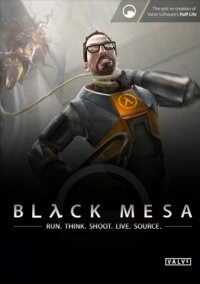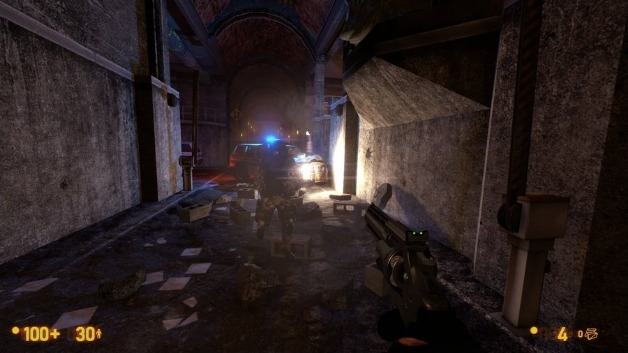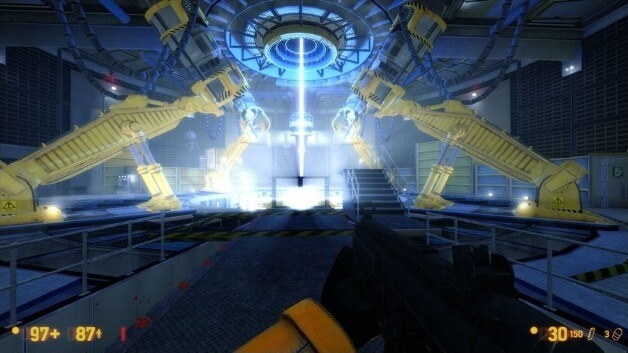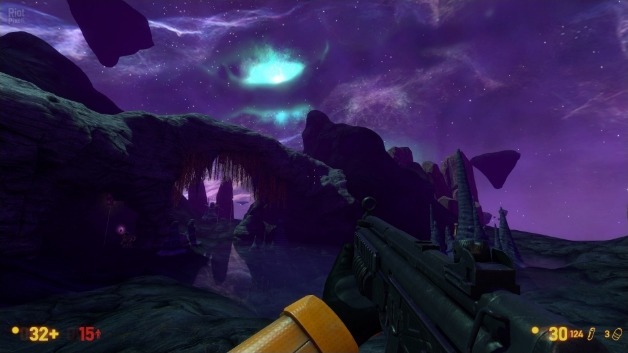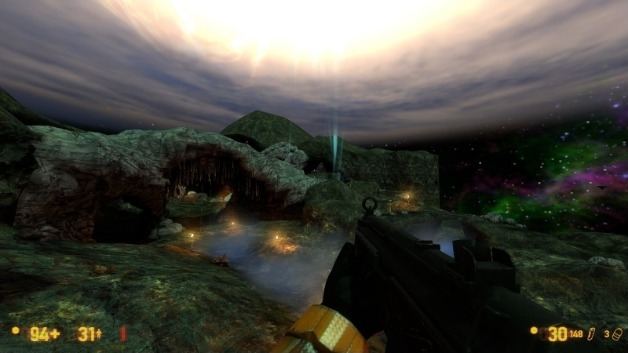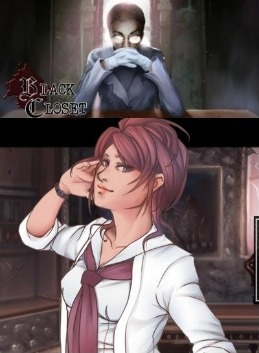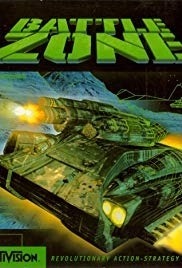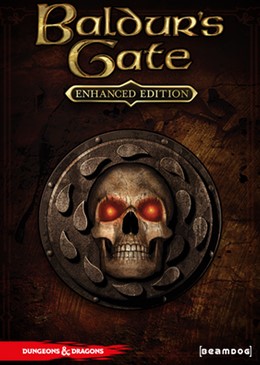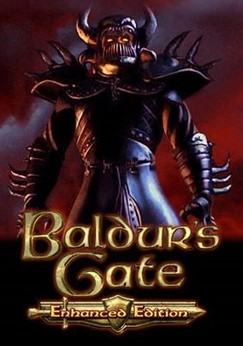Black Mesa (stylized as BLλCK MESA) is a first-person shooter video game, developed and published by Crowbar Collective. It is a third-party remake of Half-Life (1998), and was originally released as a free modification (then titled Black Mesa: Source) for Half-Life 2 September 14, 2012. It received a standalone commercial release through Steam Early Access on May 5, 2015, with a full release slated for Q2 2019.
The gameplay of Black Mesa is reminiscent to that of the original game: the player controls Gordon Freeman, a scientist at the titular research facility in New Mexico, as he navigates through the complex after a botched experiment, with nearly uninterrupted control of the character. The main differences include an entirely reskinned collection of textures, models, and NPCs, a noticeably longer runtime, and additional dialogue and story elements. The initial release excludes the "Xen" chapters from the original game, but was announced for release in Q2 2019.
The project was initially announced in 2005, shortly after the release of the Source engine port of the original game, and entered development in 2008. Over the course of its nearly decade long development cycle, the game has been overhauled several times, including redesigns of several components and effects, as well as an added multiplayer mode. It has been featured in several video game publications, including direct attention from Valve Corporation themselves. Due to its long development time, the modification became notable for its delays and dwindling updates on the status of its completion.
Black Mesa received highly positive reviews from critics upon its initial release, despite not being in a complete state. Praise was directed towards the gameplay and attention to detail, comparing it to that of an official Valve release. Due to its several delays, Wired included the game on their "Vaporware of the Year" lists in 2009 and 2010.
Gameplay
Black Mesa is a first-person shooter that requires the player to perform combat tasks and puzzle solving to advance through the game. The core gameplay remains unchanged from the original Half-Life; the player can carry a number of weapons that they find through the course of the game, though they must also locate ammunition for most weapons. The player's character is protected by a hazard suit that monitors the player's health and can be charged as a shield, absorbing a limited amount of damage. Health and battery packs can be found scattered through the game, as well as stations that can recharge either health or suit charge.
Plot
The plot of Black Mesa is almost identical to Half-Life's storyline, playable through the "Lambda Core" chapter. As in the original game, the player controls Gordon Freeman, a scientist working at the Black Mesa Research Facility. He is tasked to place a sample of a strange material into an electromagnetic instrument, using the Hazardous Environment Suit Mark IV to do so safely. However, the sample material causes a "resonance cascade", devastating the facility and creating an interdimensional rift to an alien dimension called Xen, bringing its alien creatures to Earth. Freeman survives, finds other survivors, and makes his way to the surface with the protection of his hazard suit to get help. Upon reaching the surface, however, he finds that the facility is being cleansed of any living thing - human or alien - by armed forces. From other scientists, Freeman finds the only way to stop the alien invasion is to cross over to Xen and destroy the entity holding the portal open.
Development
With the release of Half-Life 2 in 2004, Valve re-released several of its previous titles, ported to their new Source game engine, including the critically acclaimed 1998 game Half-Life named Half-Life: Source. The Source engine is graphically more advanced than the GoldSrc engine used for the original versions. Half-Life: Source features the Havok physics engine and improved effects for water and lighting. The level architecture, textures, and models of the game however, remained unchanged.
Half-Life: Source was met with mixed reviews. IGN liked the new user interface and other technical features but noted that it did not receive as many improvements as Valve's other Source engine ports. GameSpy said that while it was a "fun little bonus", it was "certainly not the major graphical upgrade some people thought it might be". Valve's managing director Gabe Newell is quoted as saying that a complete remake of Half-Life by fans of the game using Source was "not only possible…but inevitable".
Black Mesa began as the combination of two independent volunteer projects, each aiming to do just that: completely recreate Half-Life using Source. The Leakfree modification was announced in September 2004. Half-Life: Source Overhaul Project was announced one month later. After realizing their similar goals, project leaders for both teams decided to combine efforts; they formed a new 13-person team titled Black Mesa: Source. The "Source" in the project's title was later dropped when Valve asked the team to remove it in order to "stem confusion over whether or not it was an endorsed or official product", which it at the time was not.
